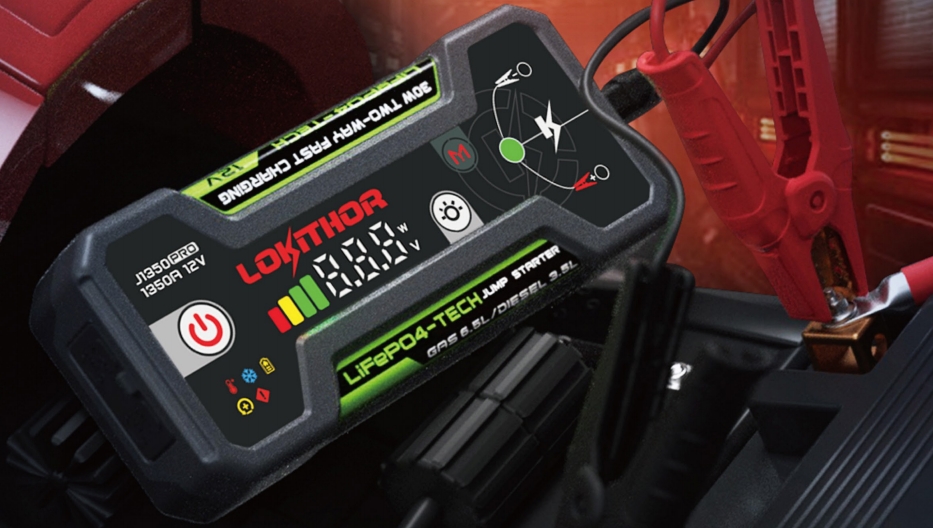Battery manufacturing: stacking technology | Battery Monday
In this episode, we will review the stacking processes of battery production, where the positive and negative electrodes are cut into sheets, stacked with a separator between each layer, and laminated to create a standard cell. We’ll go over the 11 steps required to produce a battery from Grepow's factory.
Cell stacking process
Step 1, mixing. The electrode of a lithium-ion battery is the most crucial component of the cell. During the mixing phase, multiple ingredients are mixed together to create a slurry. The more homogenous the slurry, the more stable the composition of the battery.
Step 2, coating, where the slurry is applied to the positive and negative electrode sheets along with the conductive agent and binder to create what we call coated rolls. These rolls need to have a consistent color and be defect-free without any exposed foil, particles, scratches, wrinkles, etc, that could cause lithium disposition during use.
Step 3, pressing. A higher compaction density can increase battery capacity, reduce internal resistance and polarization, extend battery cycle life, and improve the performance of these lithium-ion batteries.
Step 4, cutting and punching coated rolls. At this point, the coated rolls are cut with a stencil to form different layers. These layers are then removed from the rolls for assemblage.
Step 5, stacking, otherwise known as Z-stacking. The cut pieces are stacked layer by layer in the order of negative, separator, positive, separator, negative, etc.
Step 6, welding, where the positive and negative poles of the stacked layers of anode and cathode are attached together to form a singular cell.
Step 7, sealing. the cells are covered with an aluminum-plastic film, and the top and sides are sealed together using heat.
Step 8, injection, the electrolyte is injected into the packaged cell, where it will act as a carrier for transporting lithium ions in the battery. Specific additives can also improve the battery's performance in terms of safety and even extreme temperatures.
Step 9, formation. The battery materials are activated by charging and discharging, and a good SEI film is formed on the surface of the negative electrode. The performance of the SEI film determines the rate and self-discharge performance of the battery.
Step 10, degassing. The battery formation process generates a large amount of gas, which can affect the cell's performance; as a result, the cell needs to be degassed. After degassing, the cell is packed immediately to ensure airtightness and the excess edges are cut off.
Finally, step 11, selecting. To ensure consistency in battery performance, the battery needs to carry out tests, such as on the capacity, internal resistance, and self-discharge rate to distinguish between batteries with different performance issues.

These 11 steps of the cell stacking process are just a brief overview. The specific test instruments and control systems can also be viewed on our website.With the continued expansion and development of the energy industry, this process is still in long-term development. Issues with battery safety and efficiency in production lines can only be improved over time.
Video
https://www.youtube.com/watch?v=x8KkhPl5ygk
Learn More About Grepow
This is all that we’re covering today. If you have any questions about today’s topic or have any battery-related things you want to know, please feel free to contact us by email at info@grepow.com. Or if anything what we could improve and what you will be willing to learn, email us, we will read the comment and provide a high-quality battery knowledge tutorial.
Grepow official website: https://www.grepow.com/ We would keep updating the Battery Monday every Monday!
Related Articles
-

The Ultimate Guide to Grepow Jump Starter
2025-03-27 -

How to Choose Lithium Batteries for Cold Weather?
2024-09-19 -

Next-Generation eVTOL Battery Technology
2024-08-22
Related products
-

37000mAh Semi-Solid State High Energy Density Battery
-

40C High Discharge Battery - High C Rate LiPo
-

3.95V/4.45V High Voltage Cells

















































